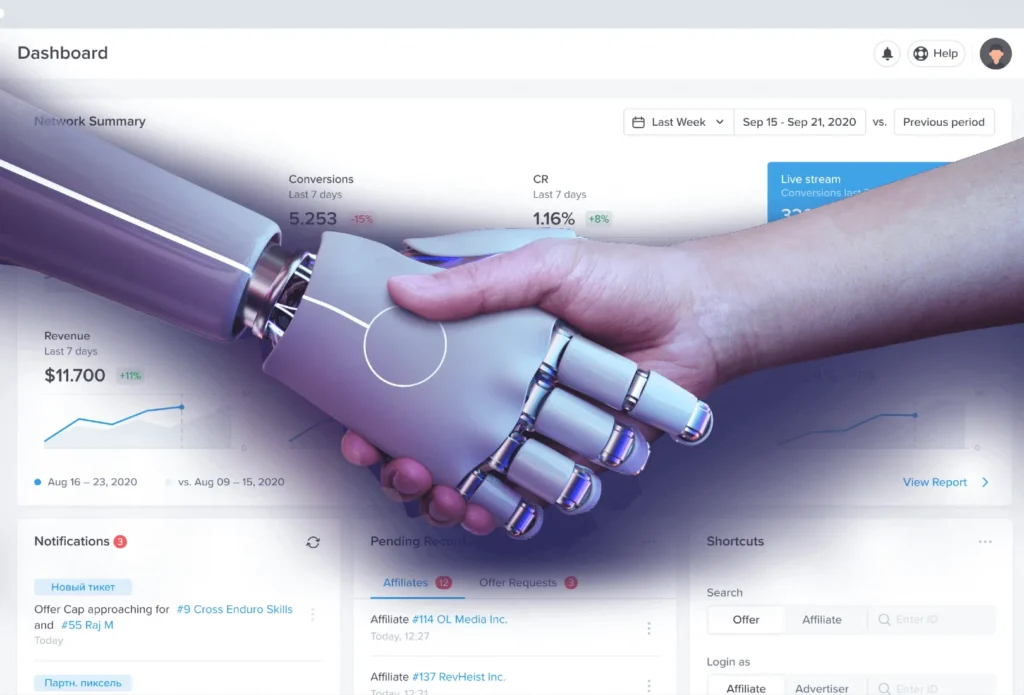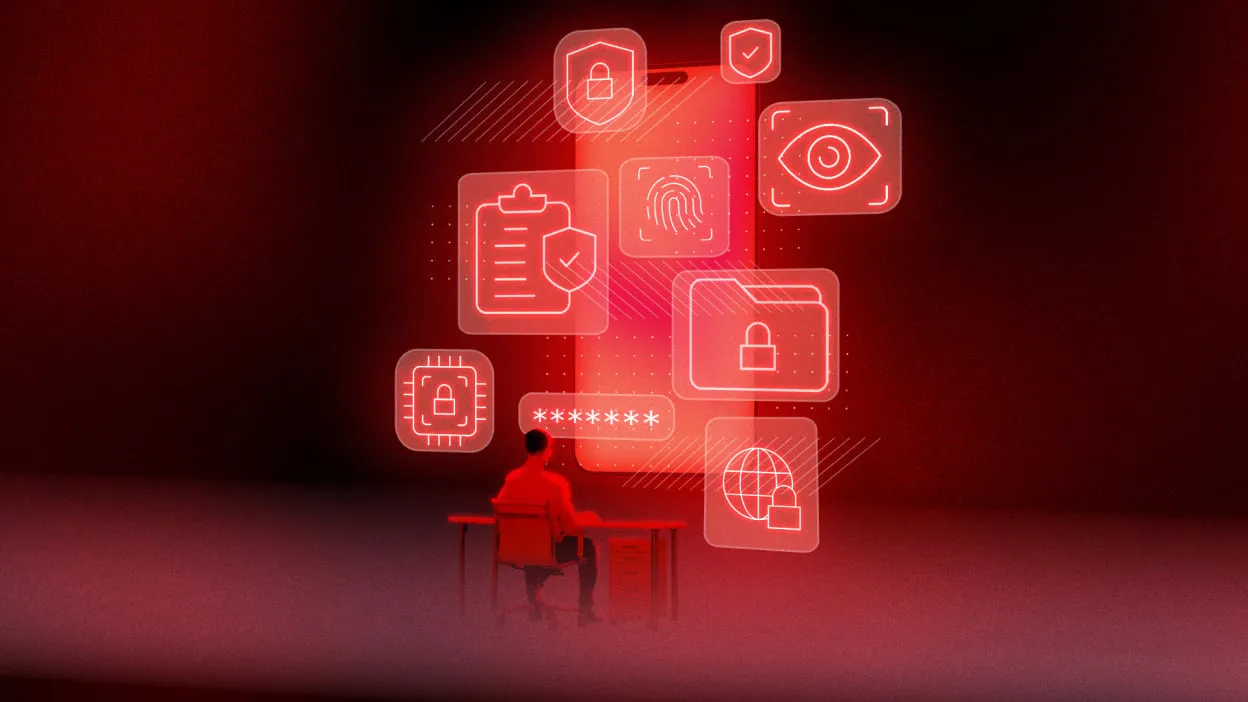
As we step into 2025, the digital world encounters a significant escalation in phishing schemes, powered by the latest advancements in artificial intelligence. This year, email users across popular platforms like Gmail, Outlook, and Apple Mail are finding it increasingly difficult to distinguish between legitimate correspondence and malicious fabrications.
The shift in the cyber threat landscape was starkly highlighted by McAfee, which issued a warning about the rise of AI-driven threats. “AI is giving cybercriminals the ability to easily create more personalized and convincing emails and messages that look like they’re from trusted sources,” McAfee stated. These sophisticated strategies are not just more convincing but are also expected to surge in frequency and complexity.

The Role of AI in Cybersecurity Breaches
According to recent reports by The Financial Times and insights from eBay, the current wave of phishing scams involves hyper-personalized tactics that leverage data mined from individuals’ online activities. AI bots are now capable of mimicking the tone and style of communication from a known contact or organization, making fraudulent messages nearly indistinguishable from genuine interactions.
This enhanced capability of AI not only helps scammers in crafting compelling emails but also assists them in targeting victims based on their online behavior and social media engagement. The bespoke nature of these scams is worrying corporations and individuals alike, as they struggle to adapt to the new age of cyber deception.
Combating AI-Enhanced Phishing
The challenge with AI-driven phishing attacks lies in their ability to bypass traditional detection mechanisms. “The rapid advances in AI now give attackers the ability to write a perfect phishing email,” noted Check Point in its analysis. As AI tools become more accessible, the barrier to executing sophisticated cyberattacks lowers, enabling a broader range of criminals to engage in cybercrime.

In light of these challenges, cybersecurity experts stress the importance of maintaining strong digital hygiene. Measures such as using two-factor authentication, creating strong, unique passwords or passkeys, and refraining from clicking on unverified links remain foundational to protecting oneself online.
The Implications of Synthetic Content
As AI continues to evolve, its application in creating synthetic content can lead to new forms of fraud and extortion. The FBI recently emphasized the dual nature of generative AI, noting its potential in both aiding content creation and facilitating criminal activities. The concern is that as synthetic content becomes more realistic, the ability to discern real from fake dwindles, increasing the risk of falling victim to scams.

The Future Outlook
Google and other tech giants are continuously developing AI models to bolster their cybersecurity defenses. However, as Jake Moore from ESET pointed out, “AI has increased the power and simplicity for cybercriminals to scale up their attacks.” The authenticity that AI lends to phishing emails means they are more likely to evade detection by both humans and machines.
As we navigate this new landscape, the consensus among cybersecurity professionals is clear: awareness and skepticism are more crucial than ever. Users must remain vigilant, question the authenticity of unexpected requests for information, and stay informed about the latest security protocols to counter these evolving threats.
